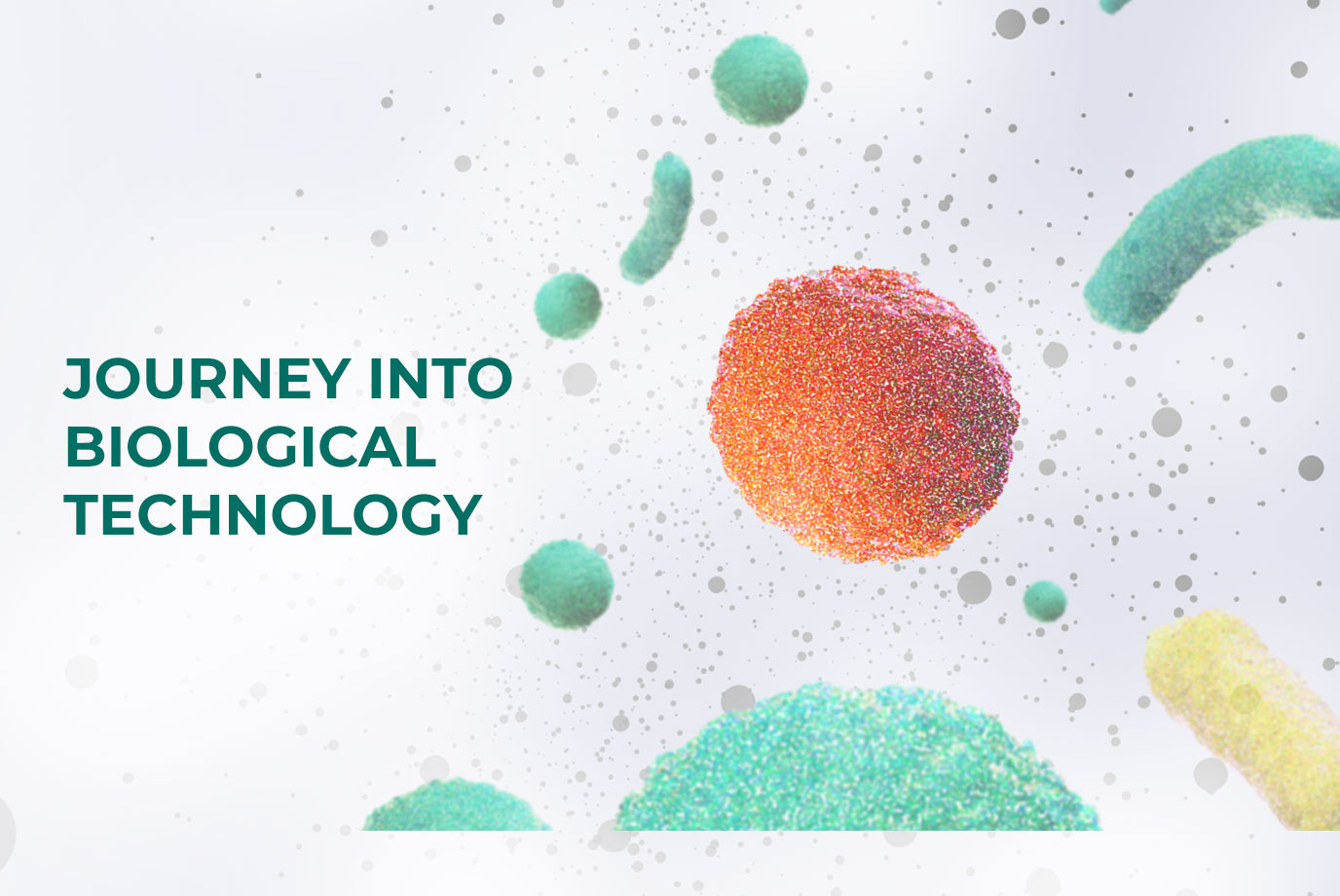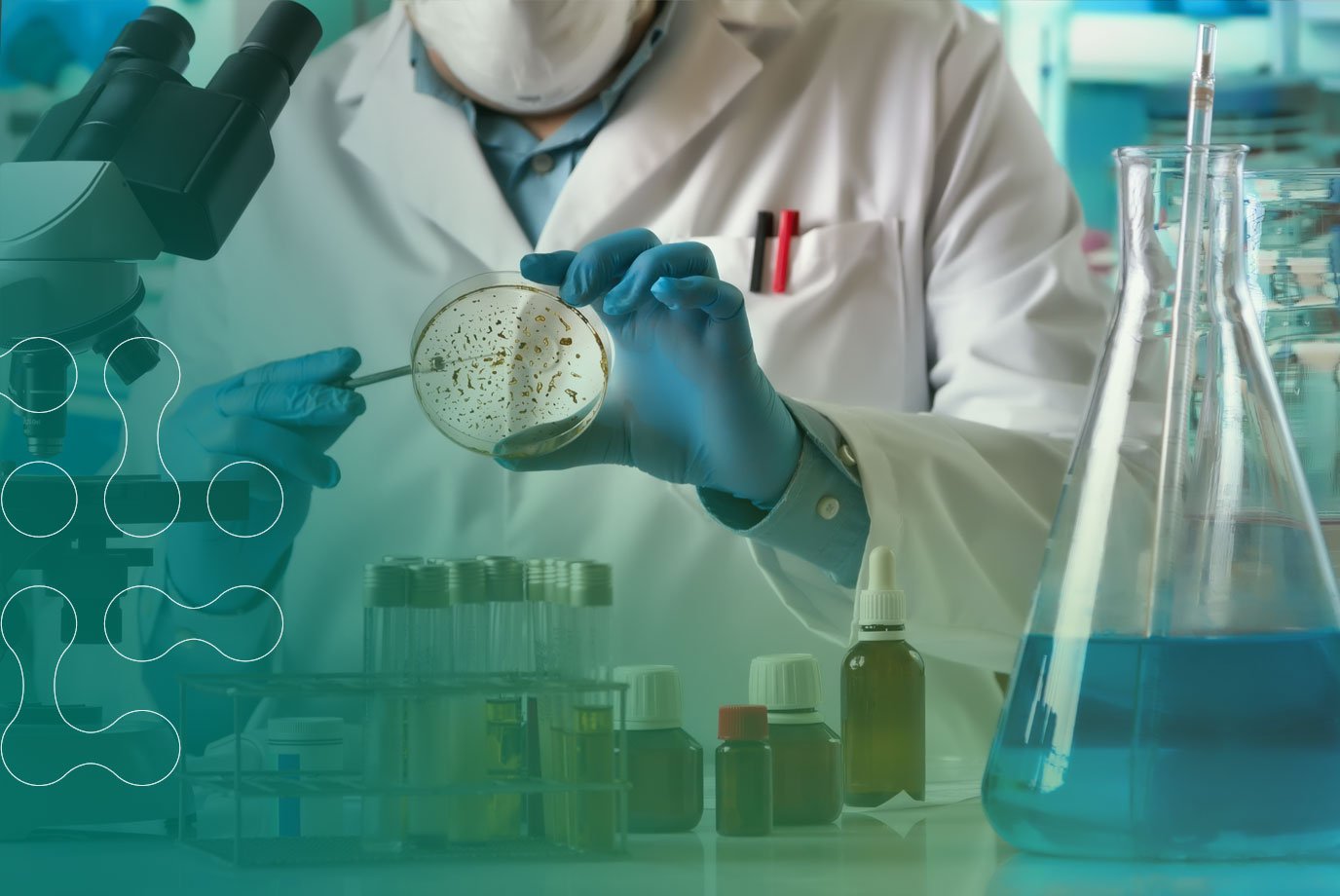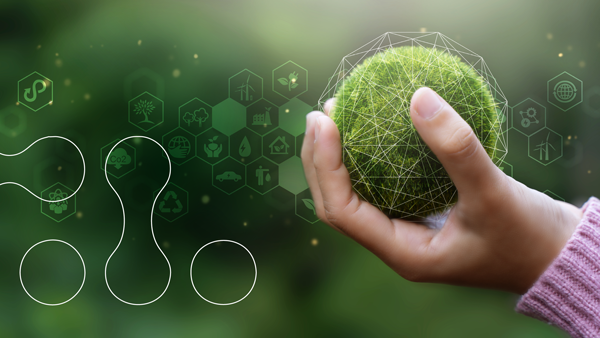Earth Day is a global event dedicated to environmental protection. It was was founded in 1970 by Gaylord Nelson, a US Senator from Wisconsin, after he witnessed the ravages of the 1969 oil spill in Santa Barbara, California.
Today, it acts as a a reminder to protect the environment, restore damaged ecosystems and live a more sustainable life.
"Our world needs transformational change. It’s time for the world to hold sectors accountable for their role in our environmental crisis while also calling for bold, creative, and innovative solutions. This will require action at all levels, from business and investment to city and national government."
In support of World Earth Day and all that it stands for, we've detailed the ways in which your company can help drive true environmental change.
Invest in Our Planet: Reduce Carbon Emissions
Alternative, sustainable ingredients
Many traditional cleaning products contain ingredients from the petrochemical industry. They begin their lives mined from the ground before being converted into chemicals such as Formaldehyde, Kerosene, Mineral Acids, Phosphates, Solvents and many more.
The majority of these chemicals have a large carbon footprint due to the processes of attaining them. Post-use, they can find their way into our water systems, having a detrimental effect on aquatic life.
Alternative eco-focused products, such as BioHygiene, use a synergistic combination of renewably and sustainably sourced ecotechnology and biotechnology that achieve a superior cleaning performance without causing environmental damage. The cleaning power is driven from microbes, free enzymes and naturally derived ingredients, such as organic acids and plant extracts.
Ingredients are derived from sugar, RSPO palm oil/ palm kernel oil, coconut oil, carbohydrate feedstocks, molasses, corn or rice and achieve a 75-100% carbon reduction compared to traditional technology. Savings can be as high as 1.3kg CO2e / L, equivalent of 475ml of crude oil.
Reduction through recycled plastic
It is thought that over 90% of plastics originate from oil, natural gas, and coal – all unrenewable, and damaging to the environment. If no changes are made, the plastic industry will account for 20% of global oil consumption by 2050.
The environmental impact of the fossil fuel industry is well documented, and with more people turning to renewable sources where fossil fuels were once used, organisations such as Client Earth suggest “fossil fuel companies need another industry to take over demand”, with one of those being plastic production.
The creation of virgin plastic is resource intensive and a major contributor to global warming and pollution. For every 1 kg of virgin plastic made, 6 kgs of CO2e is released into the atmosphere.
An eco-friendly alternative is to utilise PCR plastic to package products. A closed loop system allows used bottles to be recycled, reusing the CO2e related costs of disposal while also using less energy and producing less related pollution, resulting in a CO2e reduction of up to 85% compared with virgin plastic.
Concentrated products with high dilution rates, up to 1:200, also enables companies to reduce the amount of product needed per clean. Less product means less plastic use, achieving a further carbon reduction of up to 85%.
Reduction through local supply chain and transport
Statista reports that the transportation sector has been the second-largest source of greenhouse gas (GHG) emissions in the UK for the majority of the past three decades, and the most polluting sector since 2016. As of 2020, transportation accounted for 24.4% of the UK’s total emissions.
Highly concentrated products enable companies to get more out of each use and extend the time between each order, resulting in fewer deliveries and a reduction of carbon from transportation.
Using local suppliers also reduces the number of miles the components of products have to travel, as well as allows the move of goods on more eco-friendly hauliers rather than air or ship. This results in less energy, less air pollution and lower CO2e.
Can this really make a difference?
An analysis showed that BioHygiene has saved customers up to 5kgs CO2e for every £1 spent on their cleaning basket, the equivalent of:
- Growing 8333 trees for 10 years
- Driving more than 100 cars for a year
- Electrical use of 85 homes for a year
- Invest in Our Planet: Reduce Single Use Plastic
The issues surrounding plastic bottles – particularly single-use plastic – have intensified in just a few years. Unlike invisible pollutants, such as CO2, plastic pollution is visible to all. It is not unusual to see parks, beaches and other areas of natural beauty besieged with disposed plastic bottles.
Invest in Our Plant: Reduce Plastic Pollution
Plastic bottles take around 450 years to decompose. 7.7 billion plastic bottles are used across the UK every year, and it is thought only 45% of these are recycled with the remainder going into landfill or the ocean.
Plastic Oceans report that one million marine animals are killed by plastic pollution every year. They also suggest that 10 million tonnes of plastic are dumped in our oceans annually – with a huge proportion of this weight being single-use plastic bottles.
In the North Pacific alone, an area dubbed the Great Pacific Garbage Patch, contains more than 3 million tonnes of plastic waste, covering an area twice the size of Texas. With no government or organisation to hold directly accountable, the ‘island’ remains floating in international waters.
Microplastics and Human Health
Microplastics are small pieces of plastic that measure less than 5mm across. Some microplastics are formed after breaking away from larger plastics that have broken down over time, others are made small intentionally. Microplastics are almost impossible to remove from the various environments they accumulate in. Due to this, microplastics have been found almost everywhere including in oceans, on mountains, in the Artic Sea ice, in the air, and even our bodies.
When microplastics are swallowed by fish, they are introduced into the food chain. Microplastics can carry a range of contaminants, which when digested by humans, can leach into our bodies. Some microplastics have carcinogenic properties and, although the overall risk to human life isn’t certain, can increase the likeliness of cancers and infertility.
Reducing single use plastic
Although we haven’t advanced enough to remove plastic entirely, we are able to dramatically reduce our plastic creation. Ready-to-use products and low-dilution concentrate result in more plastic – whether virgin or PCR. Opting for concentrated products with higher dilution rates can help companies reduce their single use plastic waste by up to 90%.
PCR provides a significant reduction in the creation of virgin plastic and associated environmental costs. Plastic is recycled, collected locally, and recycled into plastic that can be made into bottles and achieve the following benefits:
- Less use of fossil fuels
- Up to 85% reduction in carbon emissions
- Less water and energy consumption
- Less plastic waste
Invest in Our Planet: Create Healthier Environments
Understanding the toxicity of each material in a product is vital. There are legal requirements to display warnings on a product if the % of its harmful materials are over a certain level. Understanding product labels, Safety Data Sheets (SDS’s) and what the key raw materials are within a product is key to avoid some of the most common, yet damaging, ingredients.
The exclamation mark pictogram warns that the product is an immediate skin, eye or respiratory tract irritant, or narcotic.
User safety
Ingredients found in many traditional AND eco cleaning products are irritants and can cause harmful side effects to users. If a product is misused and comes into contact with skin, it can cause skin irritation leading. Should a product accidentally get splashed into eyes, it can also cause eye damage.
The “Exclamation Mark” or “Corrosive” hazard pictogram warns that the product is an immediate skin, eye or respiratory tract irritant, or narcotic. Although it's worth noting that most disinfectants, even naturally derived ones, may result in these pictograms appearing at higher concentrations.
Aquatic life
Short and long term effects on fish, crustaceans and algae are assessed between 48 and 96 hours by LC50 (concentration for 50% of species die over that period) and EC50 (concentration for a 50% reduction in growth or growth rate). Long term studies are carried out over 21-28 days and are expressed as NOEC (No observable effect concentration).
Many of the best-selling traditional AND ecological disinfectants and cleaners use materials where as little as 1-2mg/L will kill these species over that time frame.
The dead fish and tree pictogram on a label warns that the product is damaging to aquatic life and the environment, which may indicate the presence of environmentally hazardous ingredients. It will usually come with an accompanying hazard statement:
- H400 - Very toxic to aquatic life.
- H410 - Very toxic to aquatic life with long-lasting effects.
- H411 - Toxic to aquatic life with long-lasting effects.
- H412 - Harmful to aquatic life with long-lasting effects.
How to minimise toxicity
As a facilities manager or supplier, knowing that the products you provide or supply won’t have a damaging effect on the end user’s health is a welcoming assurance. However, it’s not always enough to opt for “eco-friendly” products, as they may too have hidden damaging ingredients. To help minimise toxicity:
- Check the SDS sheet for a full list of ingredients
- Look out for hazard warnings and accompanying statements on labels and packaging
- Ask your supplier for product recommendation that don’t contain key toxic materials




